The Queen Does Cry, Even If 'The Crown' Makes You Think Otherwise
Though Queen Elizabeth II has done her utmost to keep her composure over the years, she has, in fact, cried in public.
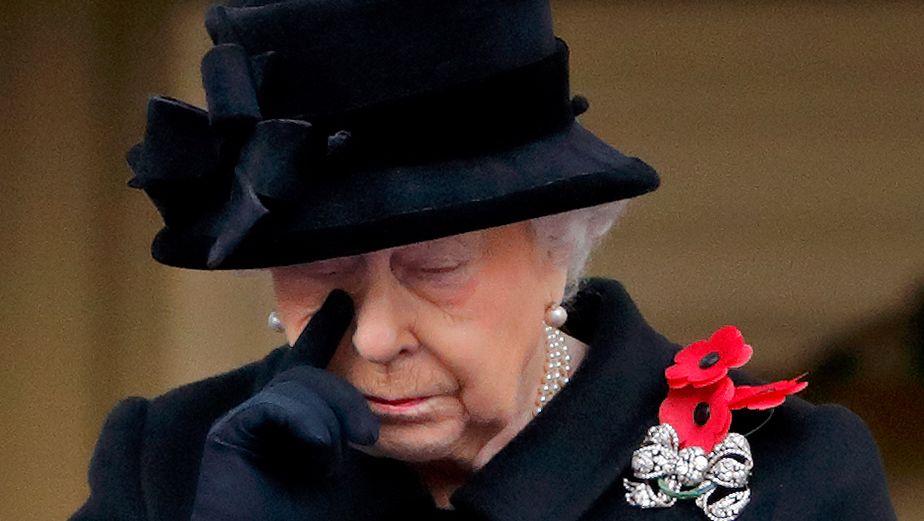
In the third season of The Crown, there's an episode where the Queen admits she fake-cried in public. In real life, Queen Elizabeth II has rarely been seen crying in public during her reign, which has led royal fans to wonder...does the Queen cry at all?
The short answer: Yes. She may be Queen, but she is human.
Back in 2002, the Queen was shown wiping away a tear while visiting the Field of Remembrance at Westminster Abbey. The first time she cried in public was a few years prior, in December 1997, when the HMY Brittannia was shut down. In 2016, she was also visibly upset when she attended a service for fallen soldiers of the Duke of Lancaster’s Regiment.
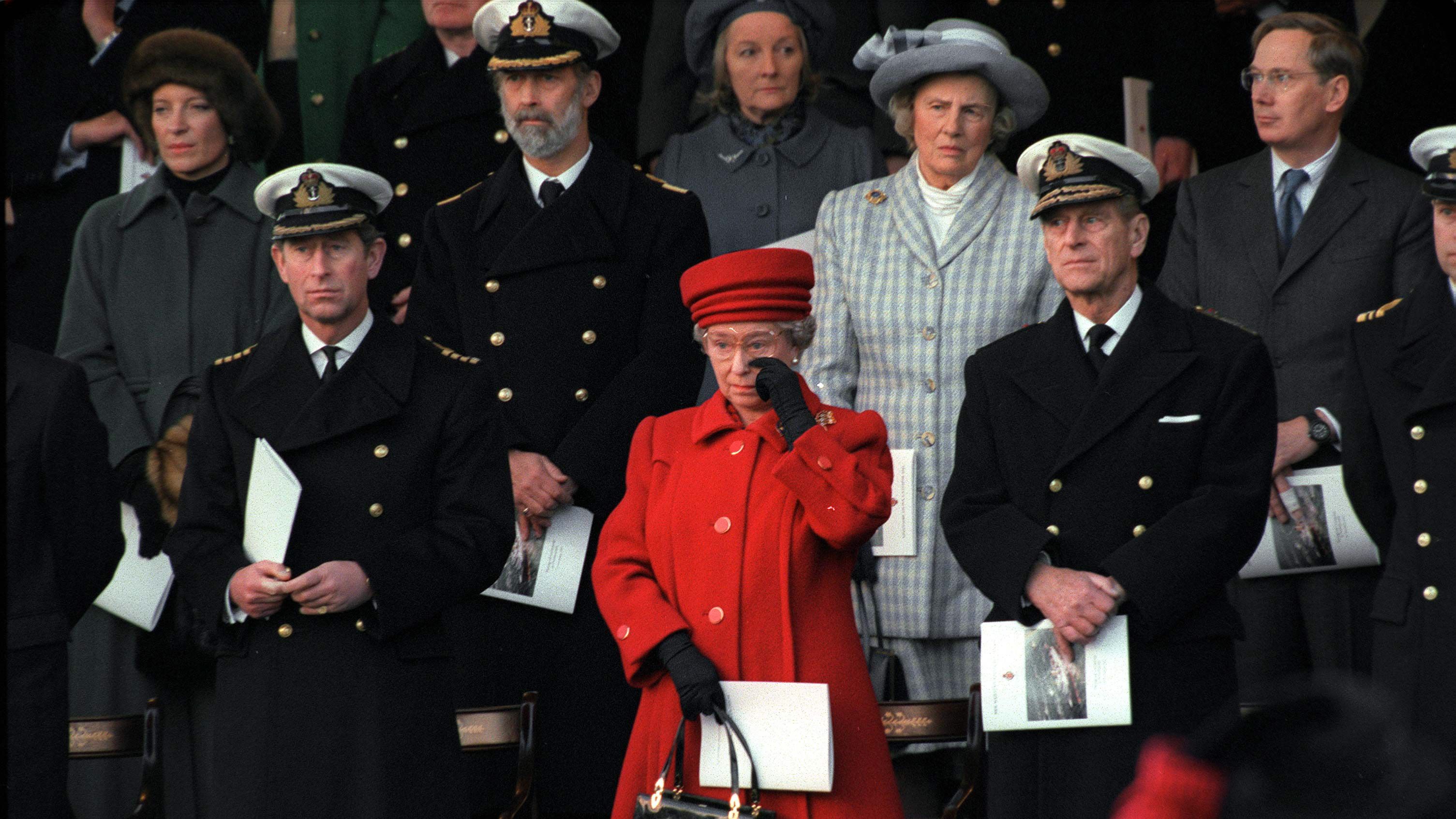
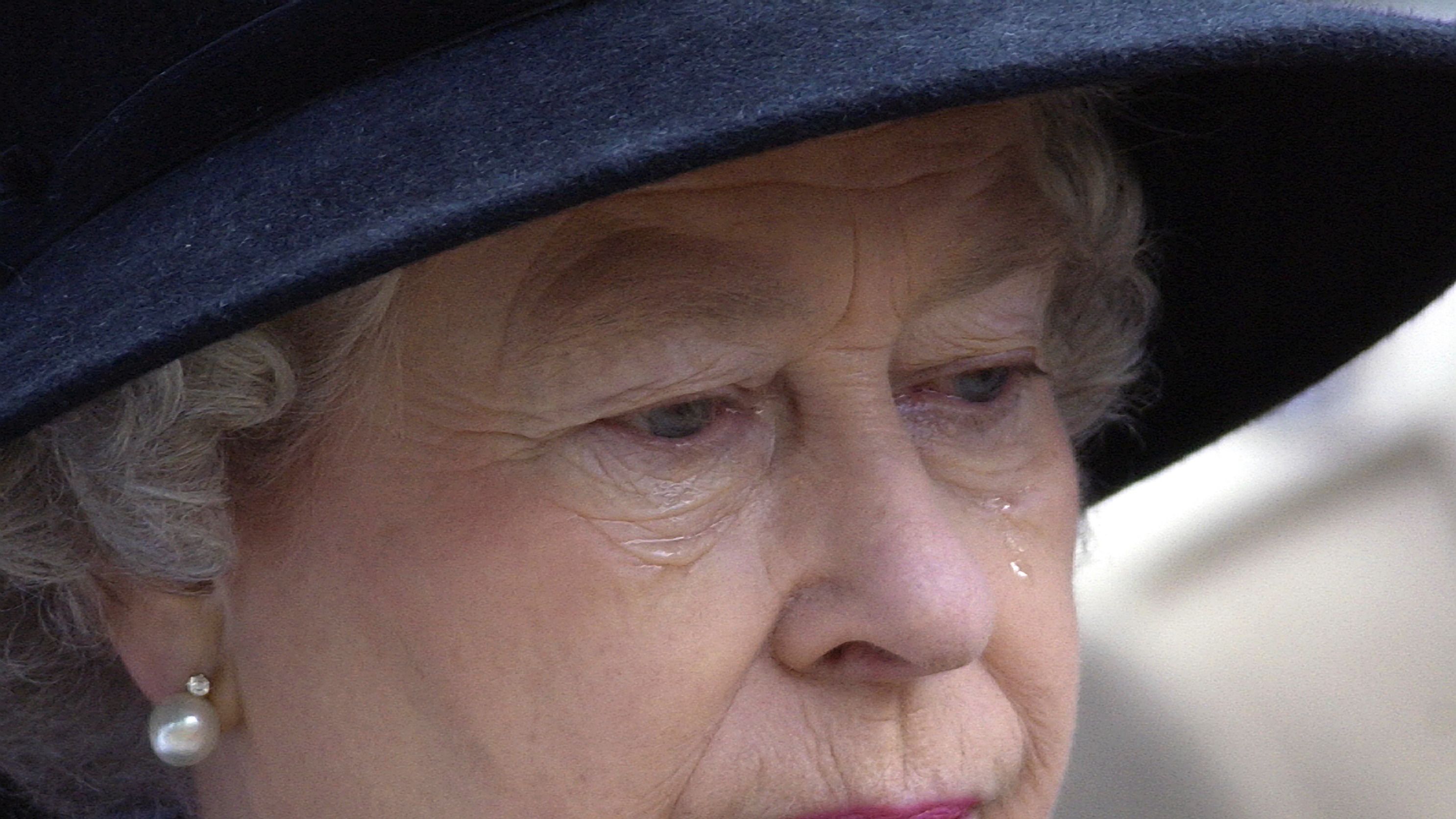
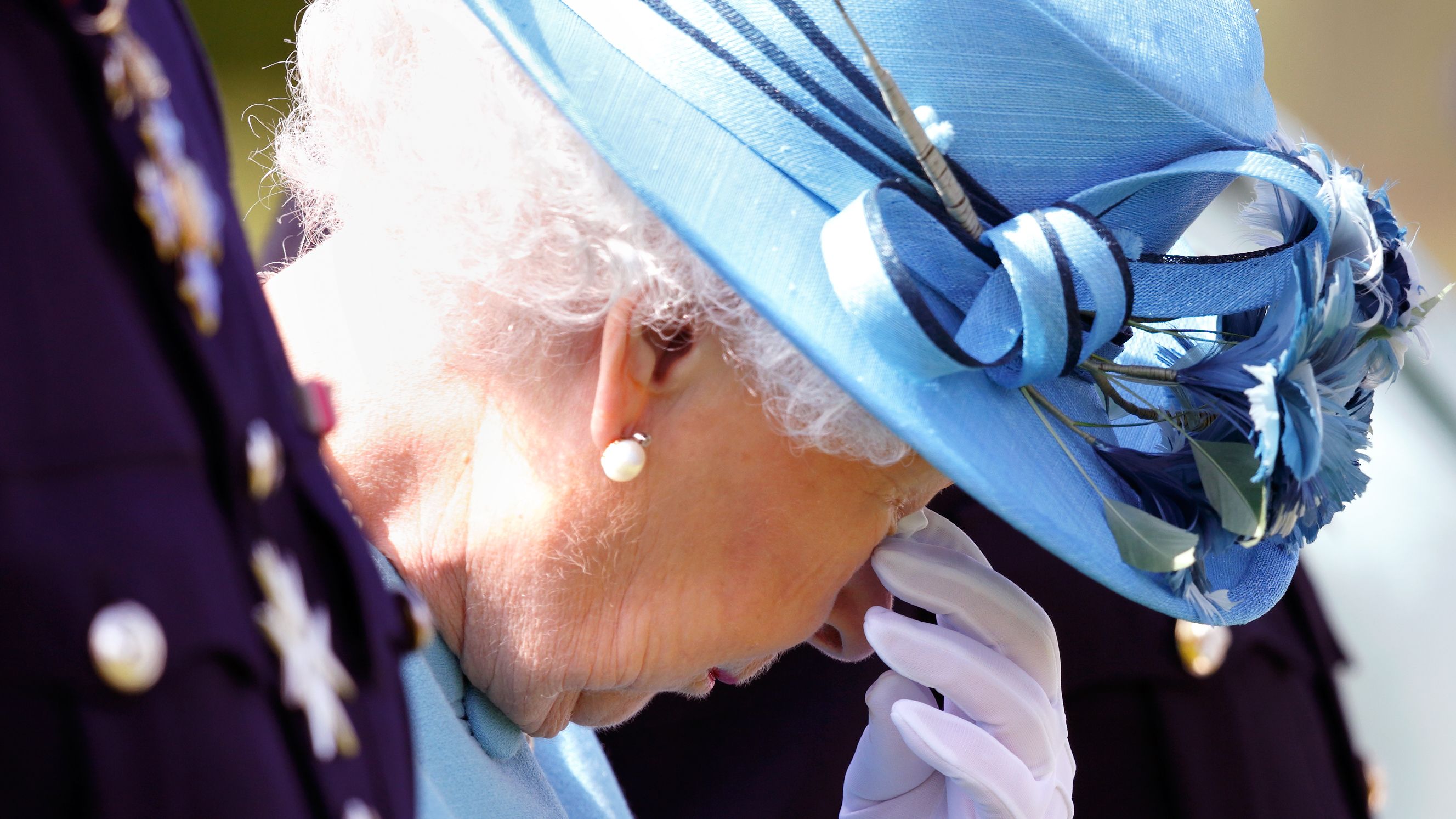
Women crying in public, especially women leaders, has become a stigmatized topic that needs to end. Former British Prime Minister Theresa May shed tears when she resigned from her position in May, and the press intensely criticized her for it. When New Zealand Prime Minister Jacinda Ardern courageously led her country after the worst terrorist attack the country has seen, she was forced to hold back tears—not because she wanted to, but because of the stigma that comes along with women publicly showing their emotions and therefore questioning their ability to lead.
Spoilers for season three. In The Crown, the question of whether the Queen cries crops up in perhaps the best episode of the season—if not the series—"Aberfan." When a mining disaster strikes a tiny Welsh mining village, robbing the community of much of its children, politicians, the press, and other royals descend on Aberfan, Wales, to offer their sympathies and try to help with the fallout. (This disaster did really occur, and you can learn more about it here.) Conspicuously absent from the scene is Queen Elizabeth, who resists the advice of Prime Minister Harold Wilson, among others, when he tells her she should go; the Queen responds that this is not the role of the Crown. After she's a no-show for a full week in Aberfan, the general public begins to question why she hasn't gone, and the Queen finds herself in the center of a media storm.
That's when she does visit Aberfan, where she meets with grief-stricken families and wipes away tears for the cameras. That's not cynicism—she later reveals privately that she finds herself unable to cry during such occasions ("I dabbed a bone-dry eye, and by some miracle no one noticed"), and she wonders aloud if something is wrong with her. Later, alone, listening to a hymn sung at the funeral of dozens of children buried alive at Aberfan, she does cry.
The day of the show's release, Harold Wilson's then-press secretary Joe Haines commented on the narrative that the Queen was faking her tears at Aberfan: "Anyone who saw her at The Cenotaph knows that," he said, calling the show's narrative "absolute nonsense."
Get exclusive access to fashion and beauty trends, hot-off-the-press celebrity news, and more.
For more stories like this, including celebrity news, beauty and fashion advice, savvy political commentary, and fascinating features, sign up for the Marie Claire newsletter.
RELATED STORIES
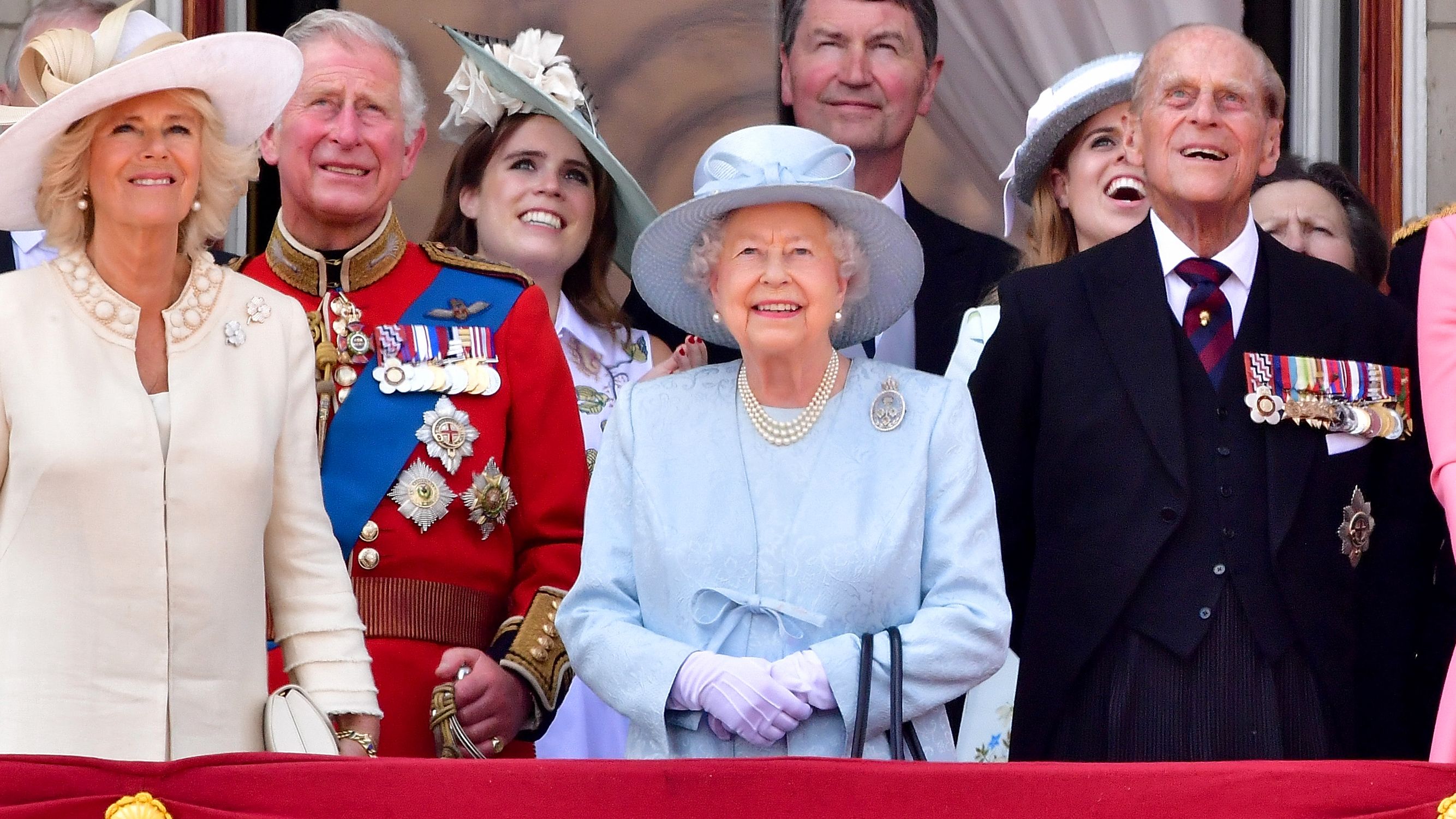
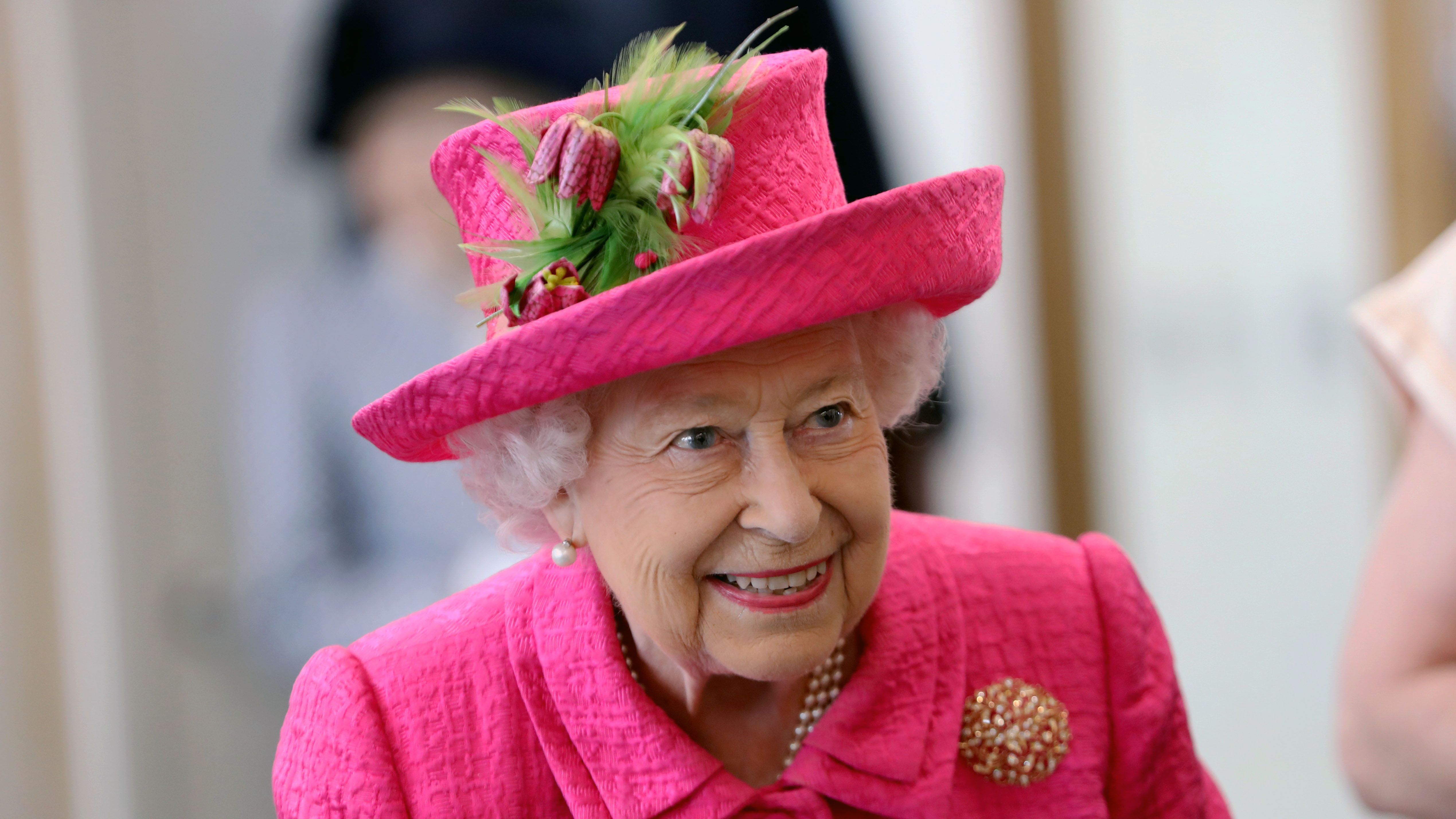
Dedicated to women of power, purpose, and style, Marie Claire is committed to celebrating the richness and scope of women's lives. Reaching millions of women every month, Marie Claire is an internationally recognized destination for celebrity news, fashion trends, beauty recommendations, and renowned investigative packages.